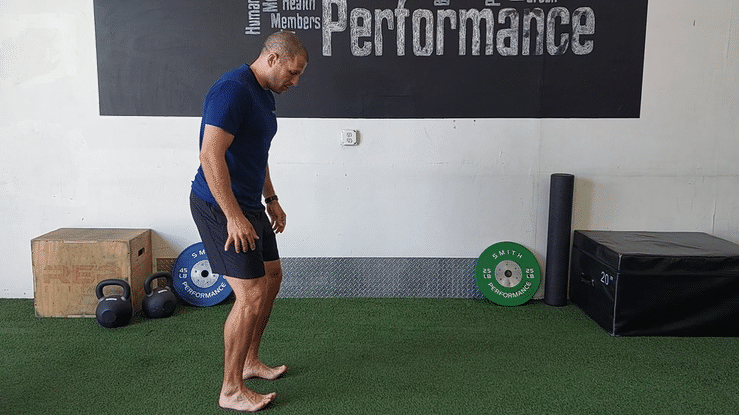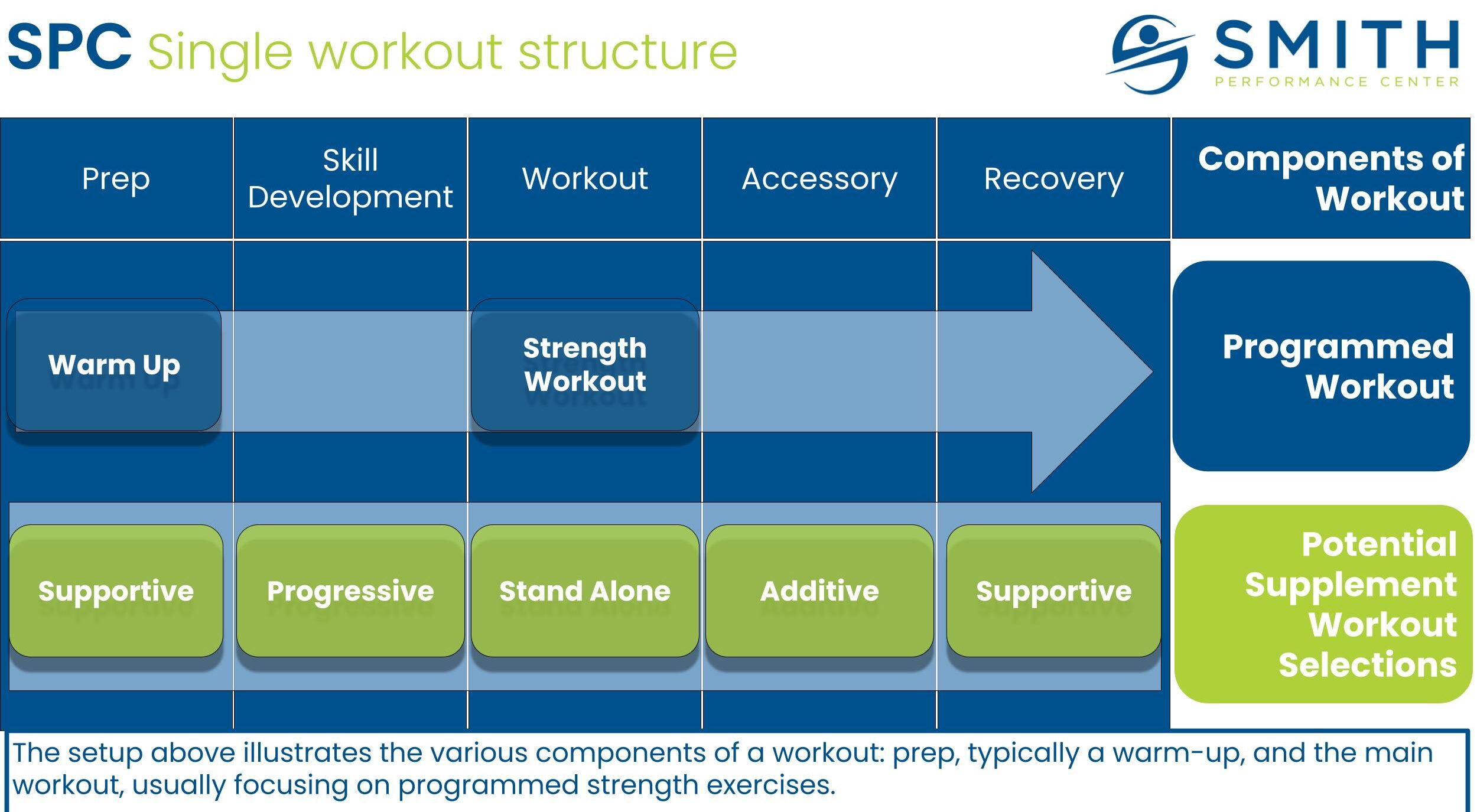
The 7 Home Plan Mistakes Ruining Your Progress in Physical Therapy
Not all home plans are made the same. Home plans are therapeutic exercise lists that undergird your journey in physical therapy. Unfortunately, home plans can stall your progress. This happens for a variety of reasons – the home plan becomes an afterthought to your care, the physical therapist is overloaded with clients, the overuse of assistants, or too much of an emphasis on what is done to you by the practitioner versus what you can learn to do yourself. We see each of these situations when reviewing the histories of new clients with long-term injuries. The home plan is a critical component of your rehab plan in physical therapy. Our team regularly helps new clients who have been doing the same home plan from physical therapy for years which is not helping. This includes obvious mistakes like stretching an irritated nerve, overloading a painful joint with weight-bearing exercise, or making





